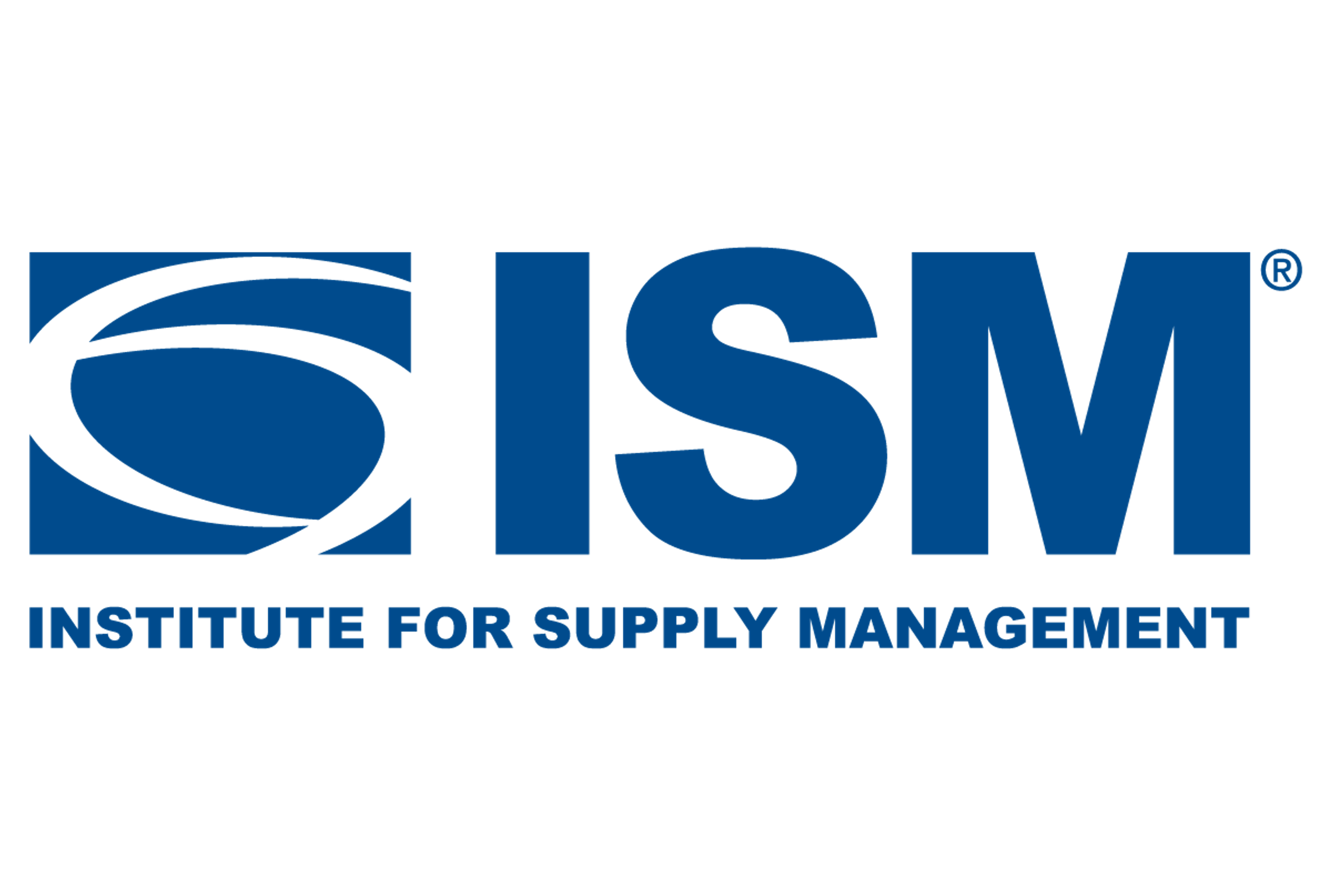Market Data

October 4, 2022
Manufacturing Conditions Improve Marginally in September: PMI
Written by David Schollaert
The S&P Global US manufacturing PMI — another measure of manufacturing — edged up to 52 in September, up from 51.5 in August, recovering for the first time in three months after reaching its lowest level in two years.
Last month’s recovery was driven by renewed expansions in output and new orders, though operating conditions across the US manufacturing sector remained relatively subdued.
September’s results were “broadly in line with the earlier release ‘flash’ estimate of 51.8. The headline index was above the 50.0 neutral mark, as has been the case for the last 27 months, but continued to signal muted improvements in the health of the manufacturing sector,” S&P said. (Recall that a reading above 50.0 indicates growth.)
The report said that although output and new orders returned to growth during the month, rates of expansion were historically muted. Firms expanded their workforce numbers, however, at the fastest pace since March.
“With US manufacturers reporting a return to growth of order books for the first time in four months, as well as improved job gains, the September survey brings welcome news that business conditions are starting to improve again,” said Chris Williamson, chief business economist at S&P Global Market Intelligence.
Even with the latest improvement, though, the weakness of the data in recent months still points to manufacturing acting as a drag on the economy in the third quarter, noted Williamson, adding that demand will need to “revive further” if there will be any meaningful positive contribution to GDP for the remainder of 2022.
“Concerns regarding inflation and client purchasing power weighed on expectations, which dipped from August,” the report stated. “Cost pressures softened amid reports of lower prices for some inputs,” but “the rate of selling price inflation picked up slightly as firms continued to pass through higher cost burdens to customers.”
“While the strong dollar is curbing exports, a beneficial effect from the greenback’s strength is being seen via lower import costs,” added Williamson. “With supply chain delays also easing substantially again in September and shipping costs falling, upwards pressure on firms’ costs has moderated sharply, which will feed through to lower goods prices to consumers.”
By David Schollaert, David@SteelMarketUpdate.com






